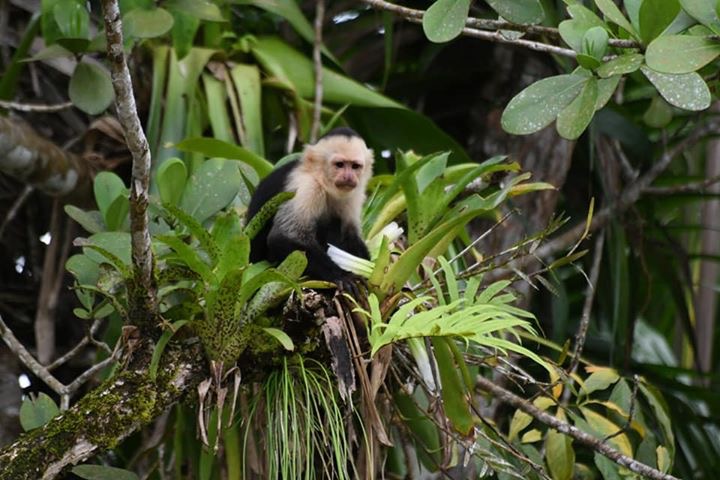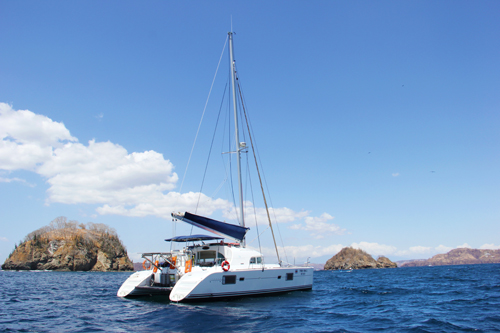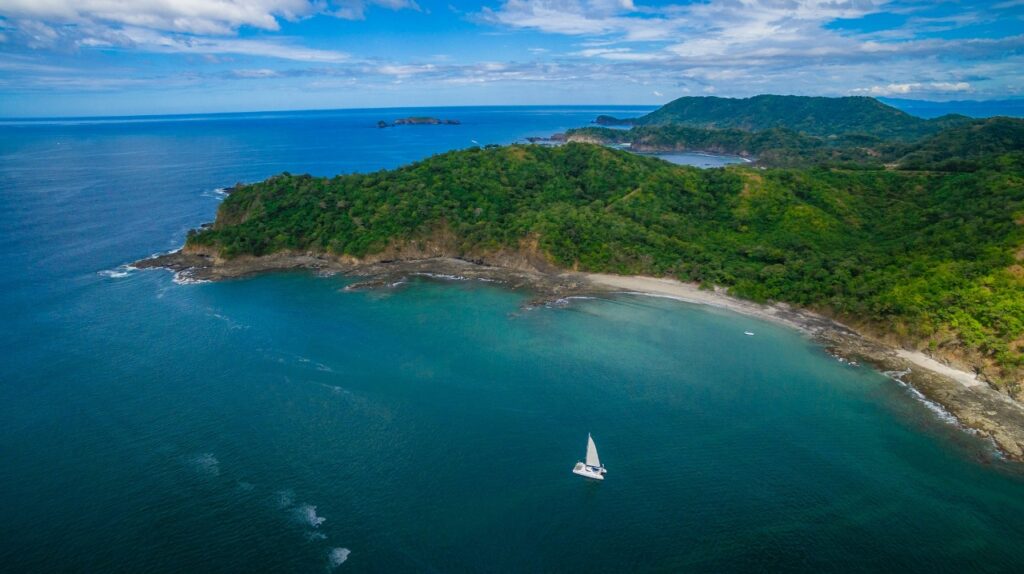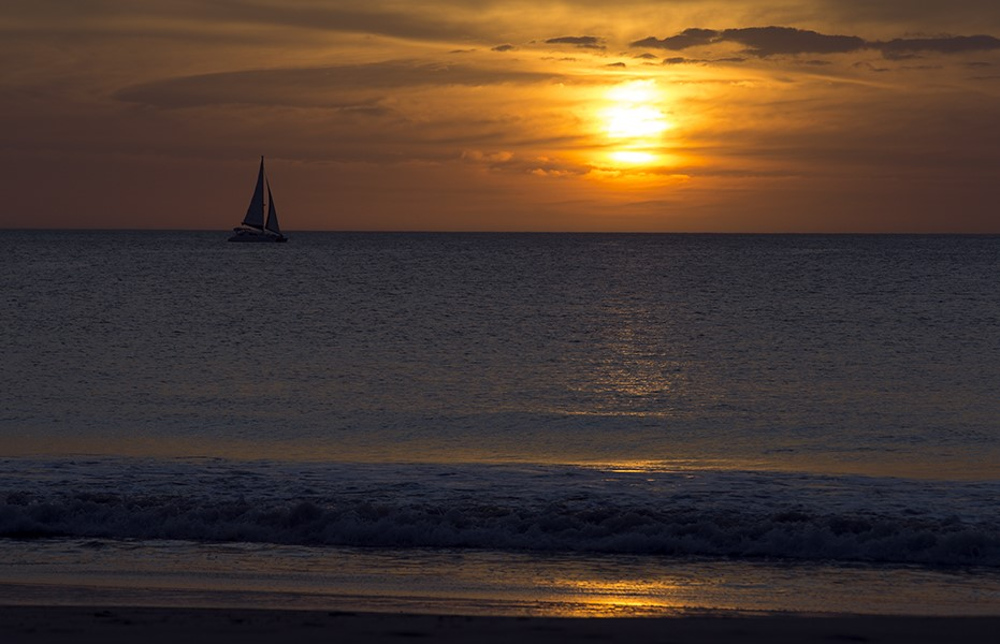A paradise for amazing nature focused sailing tours

Climate
Costa Rica is located in the neotropics. With a particularly high biodiversity, many endemic species, genera and families of plants and animals, and diverse ecosystems, Costa Rica is considered one of the world’s megadiverse countries. The Pacific mountain slopes , together with Colombia’s Chocó, contain the greatest biodiversity on earth. In addition, with a land area of about 51,100 square kilometers and an area of 589,000 square kilometers of territorial waters, the country belongs to the biodiversity hotspot Mesoamerica due to its great vulnerability.
The two coasts and the mountainous regions have a variety of different microclimates, which are one of the reasons for the abundance of different ecosystems in the country. The state’s recorded 500,000 species are four percent of the world’s accepted species. 300,000 of the 500,000 total species are insects.
Nature conservation
Climate protection, nature conservation and forest protection are considered an important part of the state’s environmental policy and are consistently implemented. Whereas loggers cleared about 80 % of the rainforest in the 1970s and 1980s, today more than 50 % of the country is covered by forest again. To protect the forest, the country successfully relies on ecotourism, from which both locals and environmentally conscious travelers benefit. For example, some 1.5 million tourists spend nearly $1.5 billion annually visiting the country’s rainforests and other ecological destinations. The Camino de Costa Rica hiking trail runs once across the country from the Atlantic coast to the Pacific coast. It was created to support ecotourism and at the same time the rural population.
About 27% of Costa Rica‘s land is protected. In 2012, there were 160 protected areas such as biological reserves, national parks and nature reserves.
There are 26 national parks scattered throughout the country with very different characteristic features. In the 1969 Forest Conservation Act, Santa Rosa in the northwest of the country on the Pacific coast was established as the first national park. At the same time, a national park administration was created, but initially it had neither sufficient financial resources nor personnel to effectively protect the park from farmers and new settlers. Thanks to the private initiative Rainforest of the Austrians, the situation has since improved considerably.
The uninhabited Cocos Island (Isla del Coco), which belongs to C.R., lies 500 kilometers off the coast in the Pacific Ocean and may only be entered with special permission. Like the national parks of La Amistad and Guanacaste, it has been declared a UNESCO World Heritage Site.
National Parks
In front of Puerto Viejo (Puerto Viejo de Talamanca) is the National Park Cahuita with birds, snakes, lizards and butterflies. In the treetops you can find mantled howler monkeys. On the coastal stretch toward Manzanillo, dense forest prevails in most sections. Plants, sea and animals are protected in the Gandoca-Manzanillo National Wildlife Refuge. Moving along the route are toucans, sloths and herds of monkeys with powerful prehensile tails that feed on leaves. Also common in this part of Costa Rica are white-shouldered capuchin monkeys. The rare red-backed squirrel monkeys, on the other hand, can now only be seen in the southwestern region of Costa Rica, for example in Manuel Antonio and Corcovado National Parks. The fourth species of monkey in Costa Rica, the Geoffroy’s spider monkey, prefers dense forest areas and feeds on insects and small fruits.





